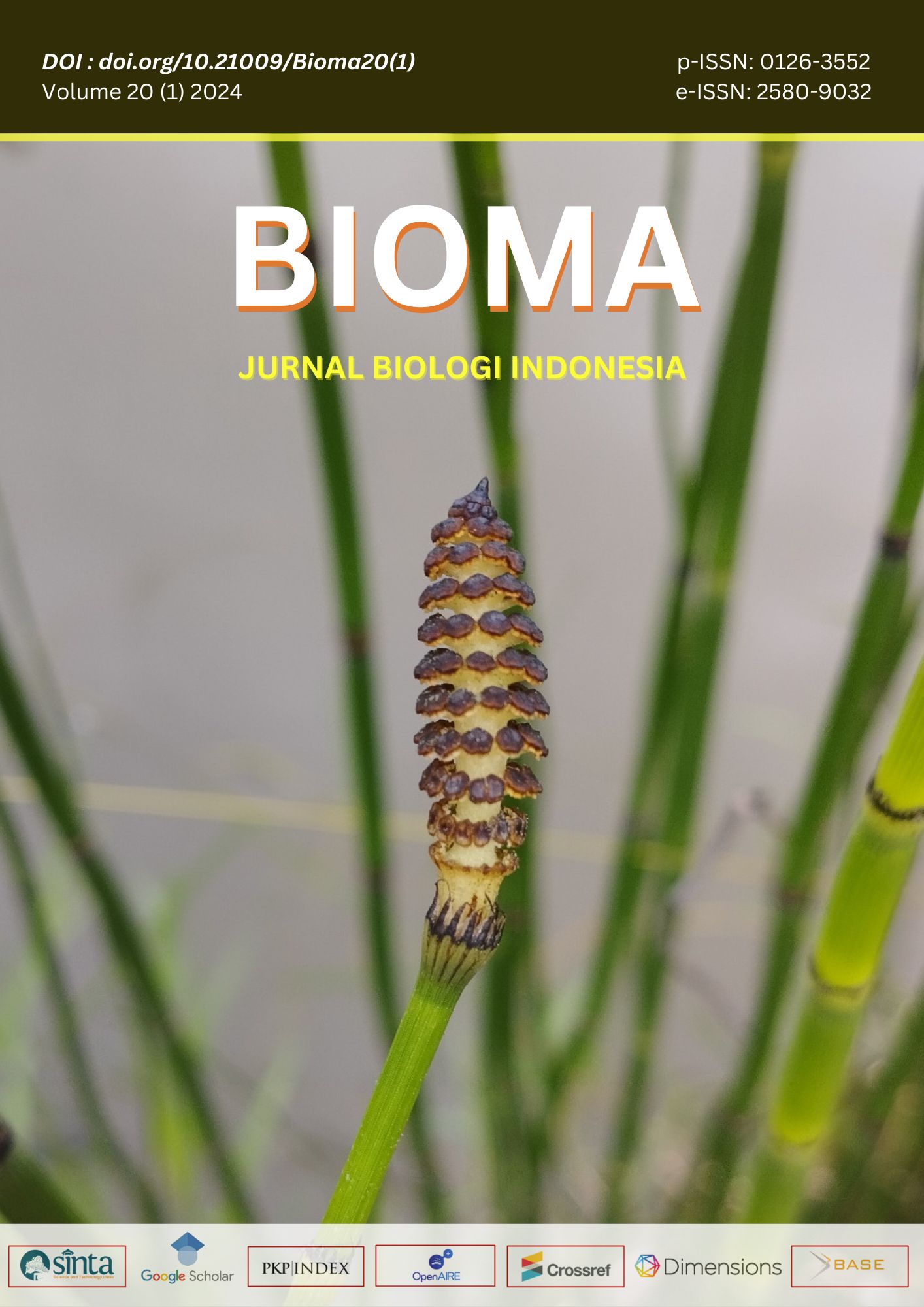Molecular docking of Portulaca oleracea L. alkaloid compounds for potential antidiabetic activity through Cdk5 protein expression
DOI:
https://doi.org/10.21009/Bioma20(1).1Abstract
Cyclin-dependent kinase 5 (Cdk5) is a serine/threonine protein kinase, which forms the p35 or p39 active complex that is expressed predominantly in neurons. Cdk5 plays an important role in physiological functions in non-neural cells such as glucose-stimulated insulin secretion in pancreatic cells. This study aims to explore and determine the effectiveness of the chemical compound Oleracein E (OL-E) in the Portulaca oleracea (PO) as an anti- diabetic when expressed on Cdk5 protein. The test was carried out in silico with a computer- aided drug design method in which the molecular docking process used software such as Pyrx 0.8. The results of this study indicate that OL-E has the potential as an antidiabetic by inhibiting Cdk5 and has 27.65% better effectiveness than metformin in inhibiting Cdk5.
Downloads
Published
How to Cite
Issue
Section
License
Copyright (c) 2024 Bioma

This work is licensed under a Creative Commons Attribution-NonCommercial 4.0 International License.


